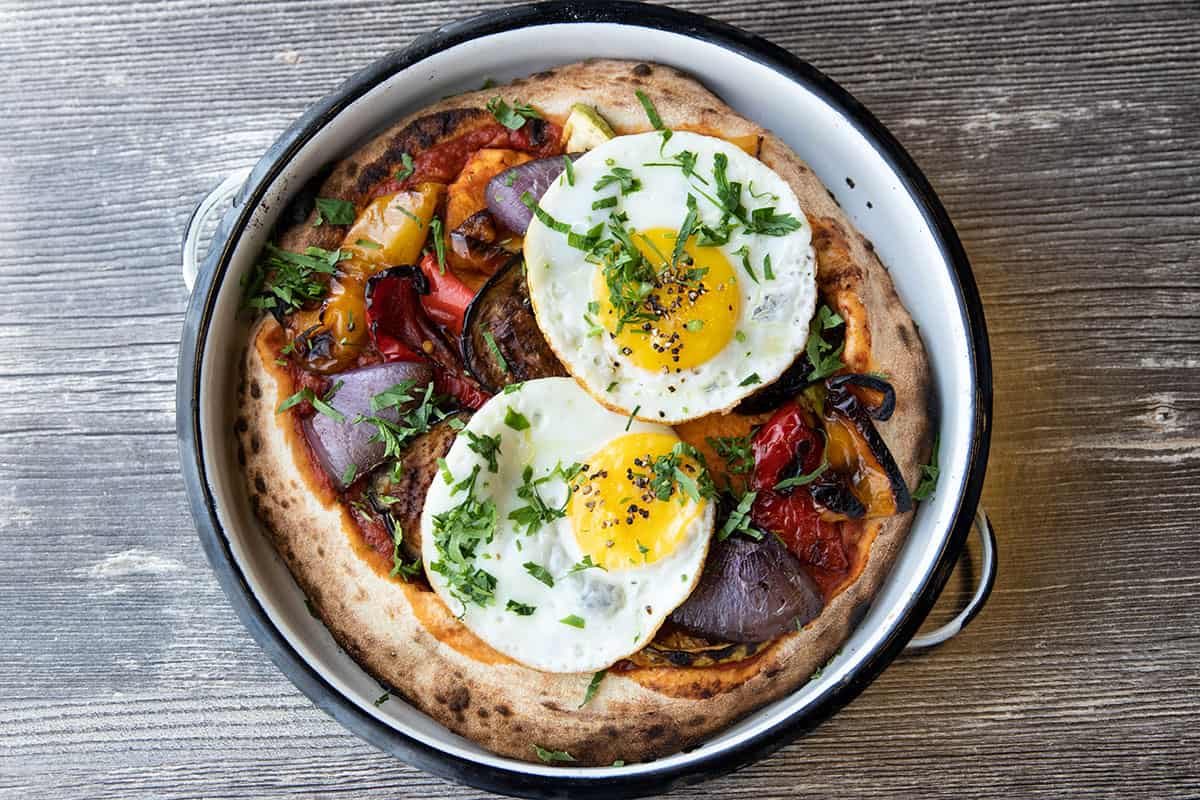CJ Attard Insights
Exploring the latest trends and insights in various industries.
Snap, Sizzle, Savor: A Delicious Dive into Food Photography
Unlock the art of food photography! Snap stunning shots, sizzle your creativity, and savor the results—deliciously irresistible tips await!
10 Tips for Capturing Mouth-Watering Food Photos
Capturing mouth-watering food photos requires both technique and creativity. To start, natural lighting is your best friend; it enhances the colors and textures of the food, making it look more appetizing. Try to shoot during the golden hour, which is shortly after sunrise or before sunset, when the light is soft and flattering. Additionally, consider using a simple background to avoid distractions and keep the focus on your delectable dish. A clean table, a neutral-colored plate, or a rustic wooden surface can make a huge difference in the presentation.
Composition plays a crucial role in making your food photos stand out. Use the Rule of Thirds to create balance in your images; imagine your frame divided into nine equal sections and place your main subject at the intersection points. Don’t shy away from showcasing textures by getting close-ups of your food. Try different angles; an overhead shot can work wonders for flat dishes, while a side angle may add depth to layered desserts. Remember to style your food carefully, and don’t hesitate to drizzle sauces or sprinkle herbs for that extra pop of color.

The Art of Styling Food: Tricks for Stunning Visuals
The art of styling food is a crucial element in making your culinary creations visually appealing. Whether you're a seasoned chef or a home cook, enhancing the presentation of your dishes can elevate your dining experience. To achieve stunning visuals, start by selecting the right dishware; choose plates that complement the colors and textures of your food. Incorporating natural elements like fresh herbs or edible flowers not only adds flavor but also provides a vibrant pop of color. Remember that negative space is your friend; leaving some areas of the plate empty can draw the eye to the main components of your dish, making it look more inviting.
Another key technique in food styling is the thoughtful arrangement of ingredients. Consider using the rule of thirds when plating, which recommends dividing your plate into three equal parts and placing your main component off-center for a more dynamic look. Additionally, utilizing different heights can create depth—stacking ingredients or using small risers can transform an otherwise flat presentation into an exciting visual feast. Don't forget the importance of lighting; natural light is ideal for showcasing the true colors of your food, allowing the textures and details to shine through. With these tricks in mind, you can master the art of food styling and captivate your audience's appetite for both taste and beauty.
Why Lighting is Key in Food Photography: A Comprehensive Guide
When it comes to food photography, lighting is the cornerstone that influences how your images are perceived. Natural light is often regarded as the best option, as it brings out the true colors and textures of your dishes. Consider shooting near a window or during the golden hour when the light is soft and warm. If natural light is unavailable, using continuous lights or speedlights can also create a pleasing effect. Remember, the direction and quality of light can transform a simple plate into a mouthwatering masterpiece.
In addition to natural lighting, the use of artificial light sources can enhance your food photography significantly. Adjusting the intensity and angle of your lights can help eliminate shadows and highlight specific elements of your dish. For instance, a soft-box can diffuse harsh lights, creating a more appetizing and inviting atmosphere. Experimenting with different lighting setups will not only boost your skills but also allow you to discover your unique style that resonates with your audience. Ultimately, mastering lighting is essential for elevating your food photography to a professional level.